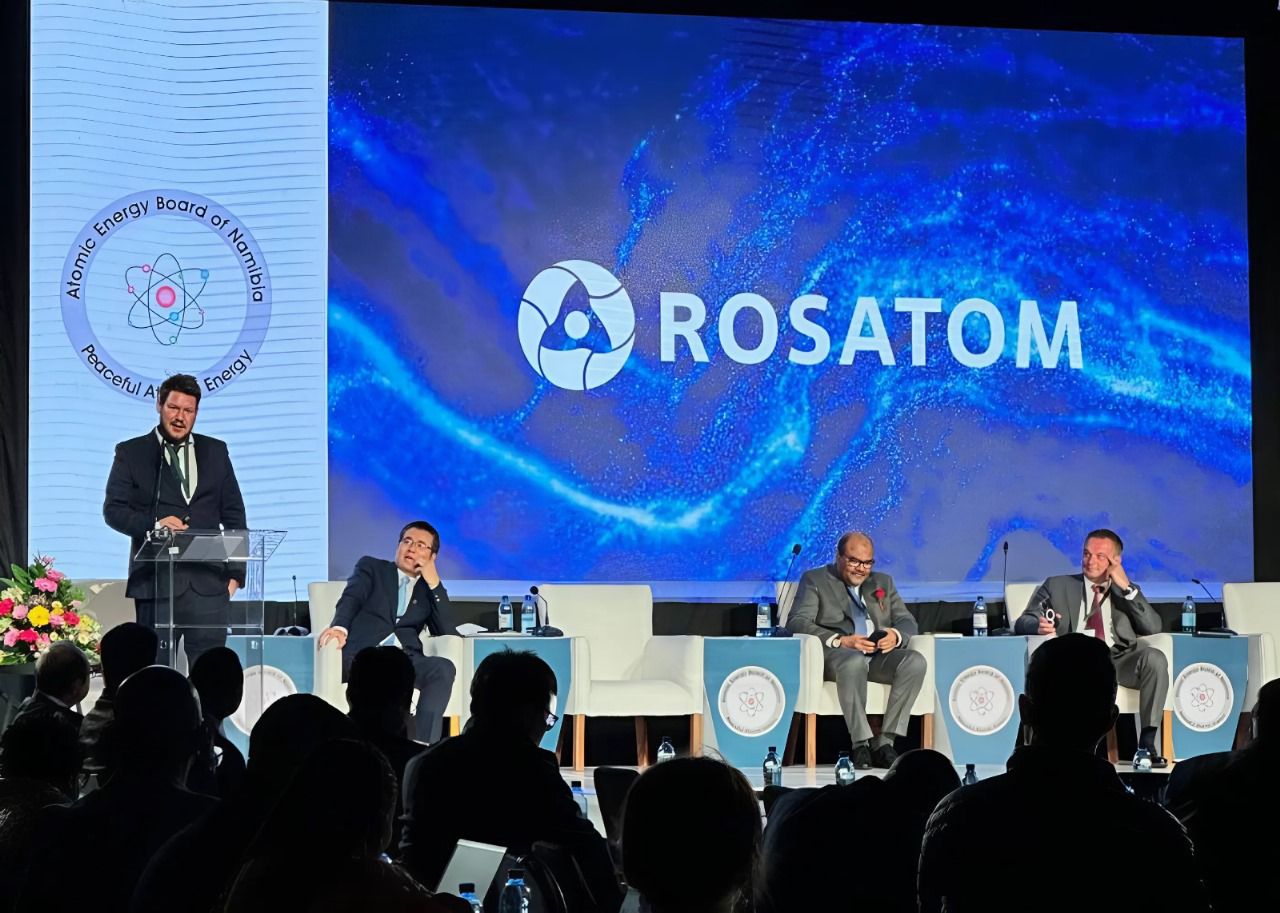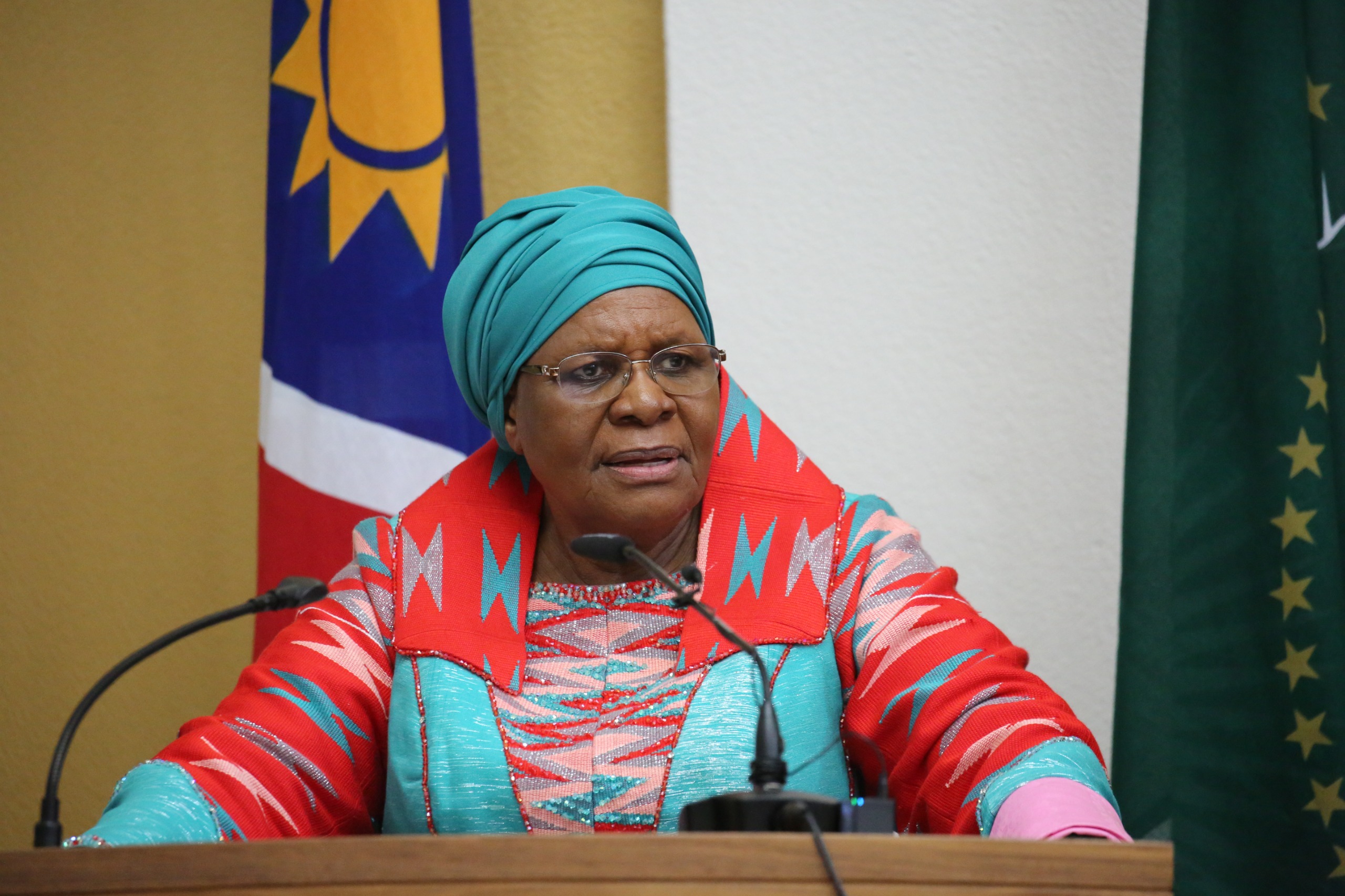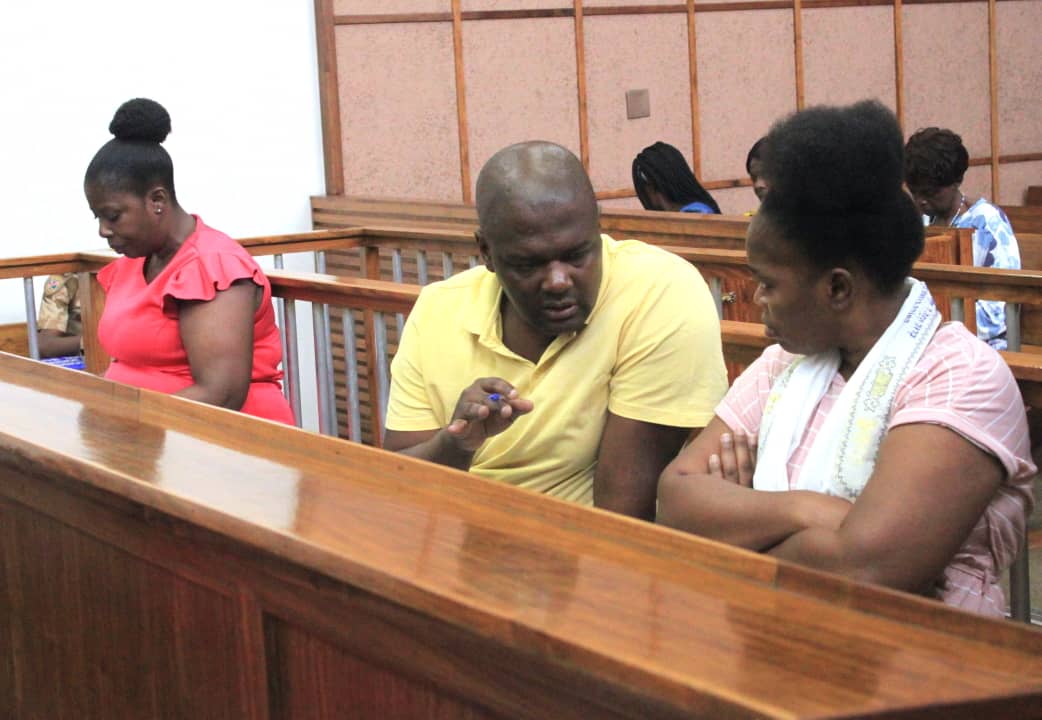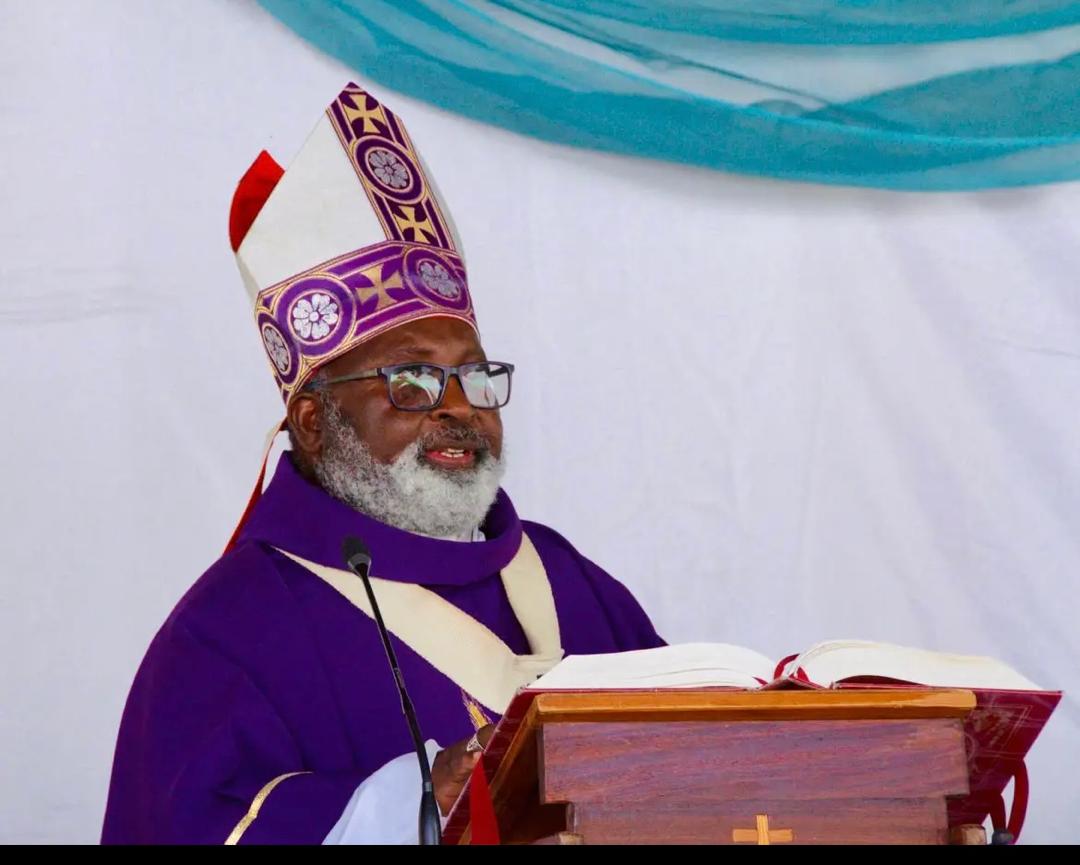Russian uranium company Headspring Investments, a subsidiary of Uranium One with a mining project in Namibia, presented its advanced mining technologies, particularly the in-situ recovery method.
The two companies are subsidiaries of the State Atomic Energy Corporation, Rosatom.
Headspring Investments was represented at Namibia’s second Nuclear Science and Technology Conference, which ended on 25 October.
Headspring Investments’ managing director, Kirill Egorov-Kirillov, says the in-situ recovery method is among the most environmentally friendly and safest mining technologies globally.
“This approach reflects our commitment to not only providing energy solutions but also protecting Namibia’s unique environment for future generations,” he says.
During the three-day event, policymakers, business leaders and industry representatives from various countries discussed the development of a nuclear industry in Namibia and other African nations.
Minister of mines and energy Tom Alweendo noted that the mining industry’s contribution to GDP increased from 11.9% in 2022 to 14.4% in 2023, with local procurement spending surpassing N$21 billion.
Rosatom Central and Southern Africa chief executive Ryan Collyer highlighted that nuclear energy could become a solid foundation for a sustainable energy system in Africa.
“Rosatom has developed a range of solutions to achieve this goal.
Full-scale nuclear power plants (NPPs) and small modular reactors (SMRs) can serve as reliable energy sources.
We are pleased that Namibia is exploring nuclear power, a step that could position the country as a major energy player on the African continent,” Collyer says.
Stay informed with The Namibian – your source for credible journalism. Get in-depth reporting and opinions for
only N$85 a month. Invest in journalism, invest in democracy –
Subscribe Now!










